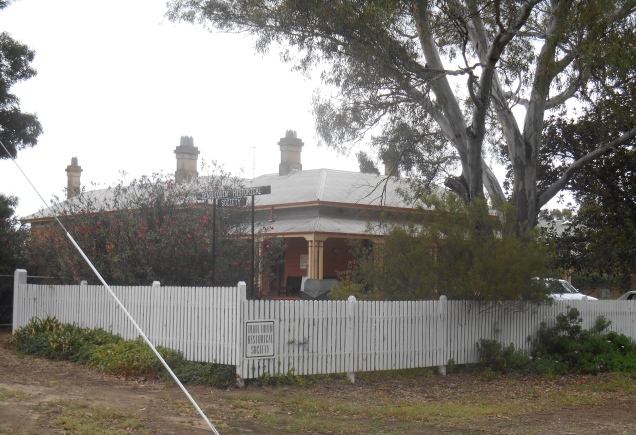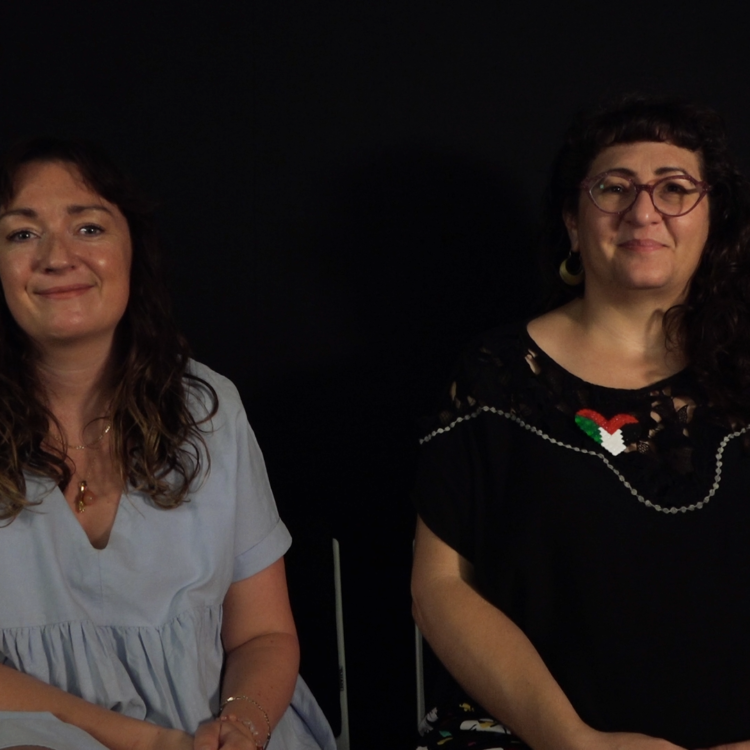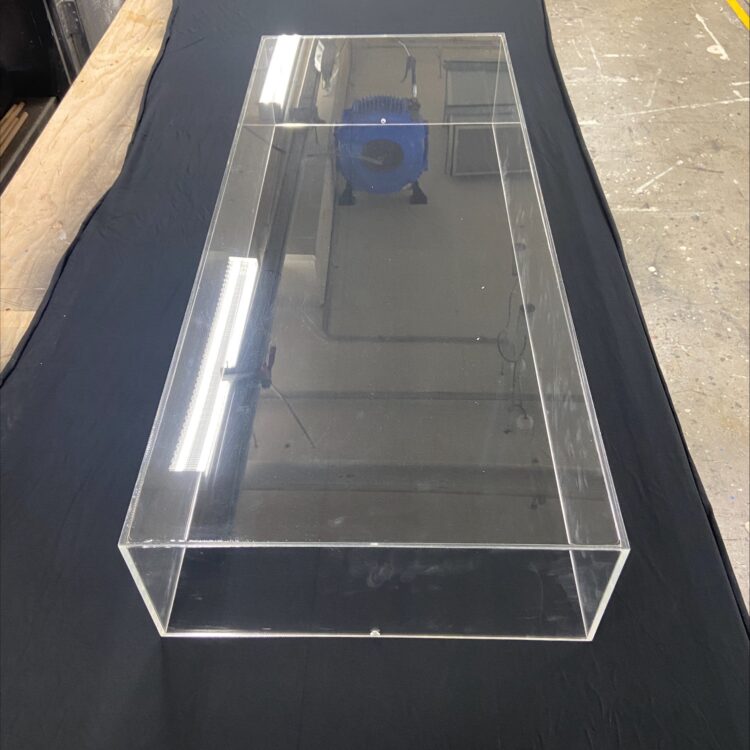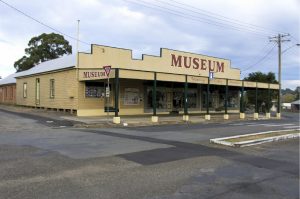
Little museums have so much going for them.
Mostly there’s no blockbuster exhibitions, gift shops or touch screens, and no dinosaur skeletons or Egyptian mummies either. Yes, small regional museums can seem like a world away from their better-known city counterparts.
I love visiting the major museums, but it can sometimes be easy to focus only on significant events of the past: wars, natural disasters, political events, and the like. If those museums capture the ‘big history’, their regional cousins invite us to ‘zoom in’ and view our heritage at an everyday level: from schooling to farming and home life. Depending on the museum, your guide might even let you hold objects from the displays, and you’re pretty unlikely to find a stern security guard declining your photography requests.
If those museums capture the ‘big history’, their regional cousins invite us to ‘zoom in’ and view our heritage at an everyday level.
To some people, a visit to the local museum in a small country town is about as appealing as a visit to the dentist. Apparently my enthusiasm for regional museums is a little bit weird. But to the naysayers I say, “codswallop!” and I take this opportunity to staunchly defend those houses of local history.
To begin with, volunteer run museums are the tourist attractions that inflation forgot. In exchange for a gold coin, you’ll find yourself inside a former general store, church or school classroom, guided by an endearing elderly volunteer who you’ll want to take home to be your nana.
The collections vary, but on any visit you’ll usually spot a few country town collection staples – assorted horseshoes, axe heads, farming tools, a brass bed, bed warmers, a mannequin dressed up in period costume – the list almost reads like a museum-inspired bingo card. Depending on where you are, there’s also a good chance of learning a thing or two about timber milling, mining, or fishing. I haven’t got so much out of a gold coin since the days of 40-cent icy poles at the school canteen.
Another thing I love about volunteer run museums are the unconventional opening hours – think every Thursday or on the first and third Sundays of the month. It is a little bit like a road trip lottery. But during those times the volunteers from the local historical society happily share the quirky and surprising stories of their town‘s past, and you come to realise that every town has fantastic tales to tell.
One of my country museum favourites is Wingham Museum. There’s plenty for history enthusiasts to pour over: items from town businesses, old fashioned tools, antique furniture made from local cedar, and a few black and white pictures of bearded men that would definitely impress the hipsters of today.
Regional museums aren’t just a detour for people on road trips who need to stop and stretch their legs and find a place to re-charge their iPhones; they’re a chance to have a closer encounter with lesser-known facets of Australia’s history. What regional museums lack in animatronics, they more than make up for in charm. So next time you’re travelling, don’t bypass the little towns; pay a visit to the historical society and be surprised by the strange and amazing stories from Australia’s ‘hidden history’.
Meet Kat Crossley; law graduate, writer, florist, and museum and gallery lover. We call her Gallerina, and she’s one of our Roving Reporters. She’ll be giving us her insights every month in M&Gazine as she flounces around the state from museum to gallery, so stay tuned.
You can find her on Twitter at @kat_crossley or exploring an exhibition near you.




